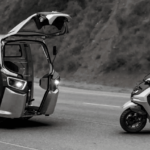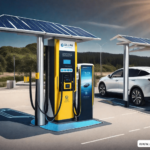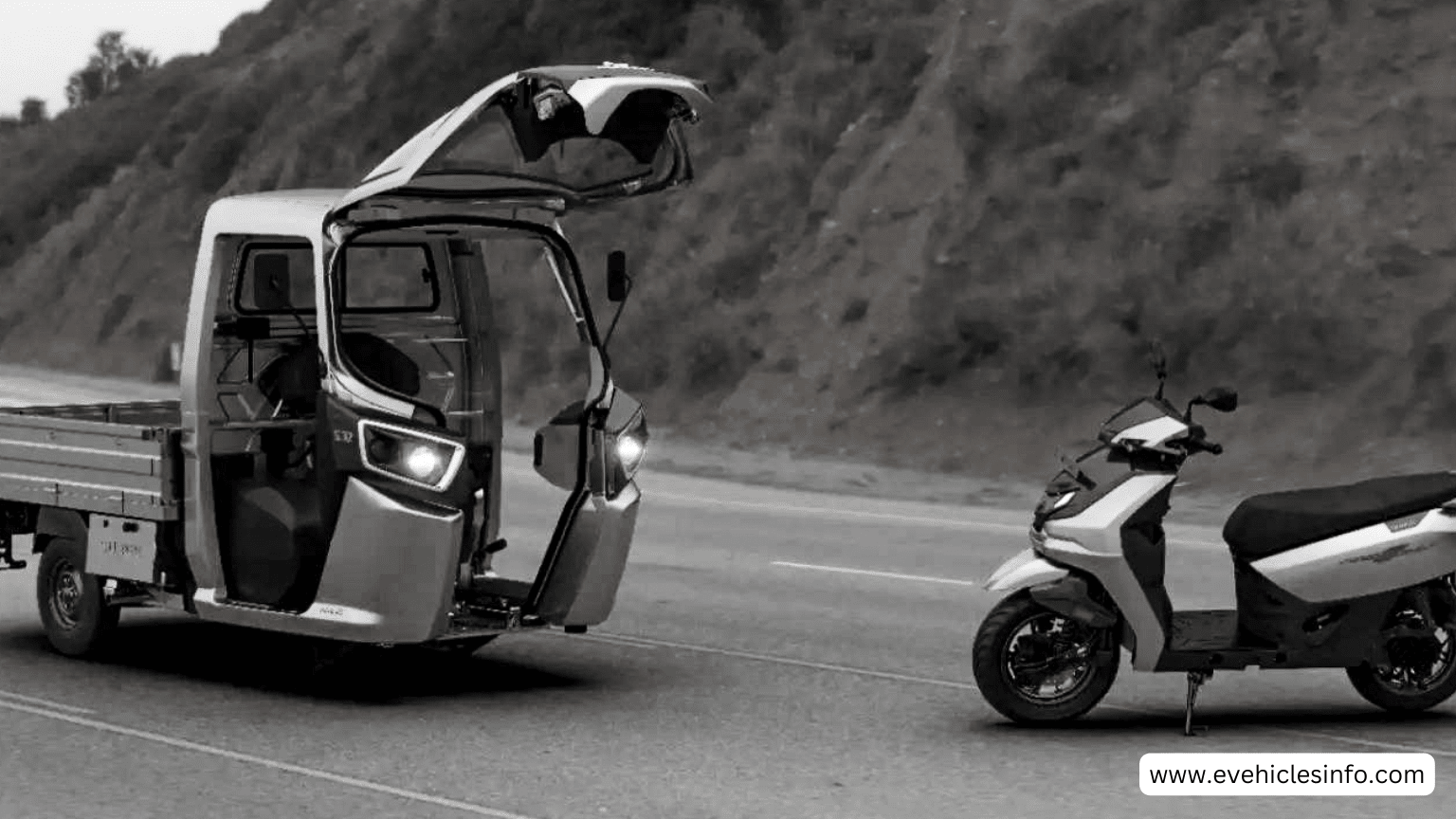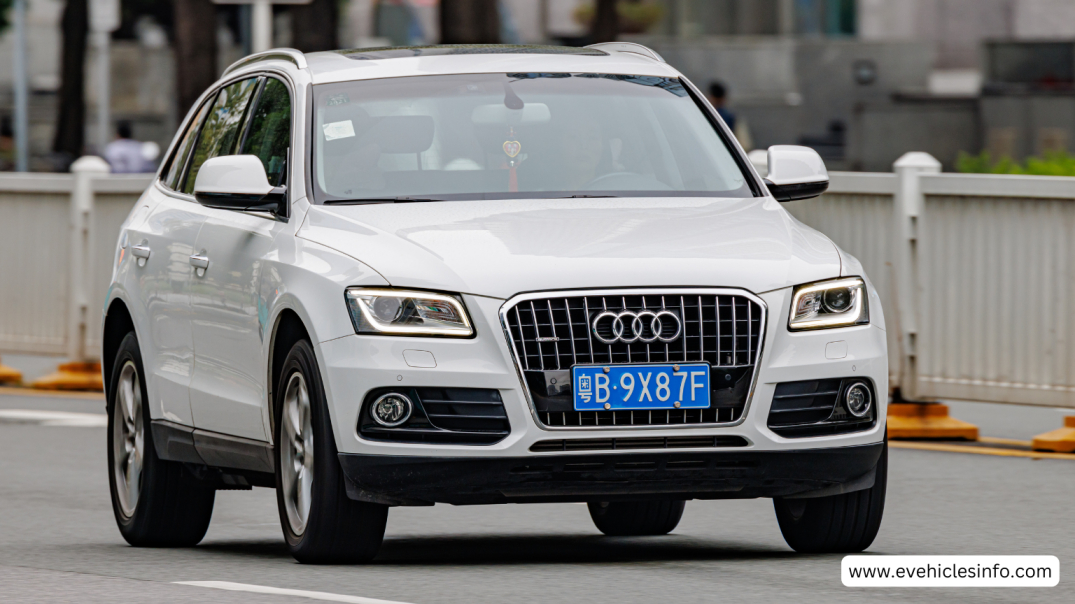Table of Contents
Hey there, Ready to dive into the world of Electric Vehicles and discover how they’re shaking things up in the transportation game? Well, buckle up, because we’re about to embark on a ride through the awesome realm of electric vehicles, where the future is looking just as vibrant as their sleek, environmentally friendly designs!
In our modern world, getting around is a big deal. But here’s the catch – the usual engines we’ve been relying on are causing too much pollution. Cars running on petrol or diesel are major players in messing up the environment, and we’re slowly swapping them out for fully electric vehicles. These electric car EVs) are awesome because they don’t spew out any bad stuff from their tailpipes, making them a much greener choice.
Now, let me explain to you about EVs. They’re vehicles operated by electricity instead of the usual diesel and petrol.
They operate using rechargeable batteries and utilize electric motors which are the best option to move to your desired destination.
People are involving EVs later, mainly because they’re non-harmful for the environment compared to the polluted gases. They produce much less greenhouse gases and pollutants which are hazardous, leading to cleaner air and improved public health. Additional info: operating an electric vehicle is easier on your wallet since it costs less to fuel up and doesn’t need as much attention from mechanics.
But, let’s be real – EVs aren’t flawless. They deal with things like “range anxiety” (worrying about running out of juice), limited charging spots, and a bit of a higher upfront cost. However, don’t sweat it too much because technology is on the rise. technology is changing rapidly making EVs a more dominant alternative for modes of transportation.
For more: More articles about different EV
There are various kinds of electric vehicles, including:
- Battery Electric Vehicles (BEVs): These EVs are generated by electricity and have no conventional engine. They are recharged by plugging into a socket or dedicated charging destination.
- Plug-in Hybrid Electric Vehicles (PHEVs): EVs come with both an internal combustion engine and an electric motor. Individuals can recharge them by connecting them to a socket or a dedicated charging station, and they also have the option to operate on liquid fuels.
- Hybrid Electric Vehicles (HEVs): These electric vehicles showcased the same as PHEVs have dual powertrains, but you don’t have the option to charge them by connecting them to an electric point. However, the battery of this vehicle gets charged through capturing energy and regenerative braking from the brakes and storing it in the inside battery.
The main advantage of EVs is eco-friendly which means it doesn’t affect our green environment. They produce no gases while driving, which eventually helps to reduce air pollution and other greenhouse gas emissions. Moreover, they are generally more power-efficient than past gasoline-powered vehicles, which means they do want not much energy to travel to the same destination.
On the other hand, electric vehicles can be more wealth to buy than past traditional modes of transportation, and they may require more pre-planning when it comes to charging. Charging times can alter depending on the size of the battery and the type of charger utilized, so drivers may need to make plans to ensure they have adequate charge for their journey.
History of Vehicles
Let’s head back to the early 1800s when inventors first started playing around with using electric power for transportation. Below are some important dates in the history of electric vehicles (EVs).
| Year | Events |
| 1830s | Scottish inventor Robert Anderson creates the first crude electric carriage. |
| 1859 | The French physicist Gaston Planté invents the lead-acid battery, the standard for electric vehicles. |
| 1881 | French engineer Camille Jenatzy sets the first electric vehicle land speed record at 39 mph. |
| Late 1800s-early 1900s | Electric vehicles gain popularity, especially in cities, for their quiet and clean operation. |
| 1900s-1910s | Electric vehicles face competition from affordable and widely available gasoline-powered vehicles. |
| 1960s-1970s | Rising oil prices and air pollution concerns renew interest in electric vehicles. |
| 1990s | Major automakers like General Motors and Toyota begin producing electric vehicles (EV1 and RAV4 EV, respectively). |
| 2000s | Interest in electric vehicles declines due to low gasoline prices and consumer hesitancy over a limited range. |
| Late 2000s-early 2010s | Tesla Motors introduces the Roadster, the first all-electric sports car; Nissan Leaf becomes the first mass-produced all-electric vehicle. |
| 2010s-present | Electric vehicles gain popularity with an increasing variety of models; global governments implement policies to encourage EV adoption to reduce greenhouse gas emissions and combat climate change. |
Overall, the history of electric vehicles has been marked by periods of enthusiasm and progress, followed by setbacks and slow adoption. However, with the ongoing development of new technology and the increasing urgency of addressing climate change, it seems likely that electric vehicles will play an increasingly important role in the future of transportation.















